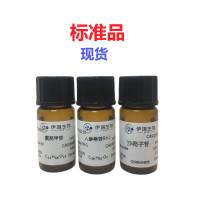Saponins
互联网
628
Saponins comprise a large family of structurally related compounds containing a steroid or triterpenoid aglycone (sapogenin) linked to one or more oligosaccharide moieties by glycosidic linkage (Fig. 1) . The carbohydrate moiety consists of pentoses, hexoses, or uronic acids. The presence of both polar (sugar) and nonpolar (steroid or triterpene) groups provides saponins with strong surface-active properties that then are responsible for many of its adverse and beneficial effects. The primary biological effect of saponins is the interactions with cellular and membrane components. For example, saponins hemolyze red blood cells by nonspecific interactions with membrane proteins, phospholipids, and cholesterol of erythrocytes.







